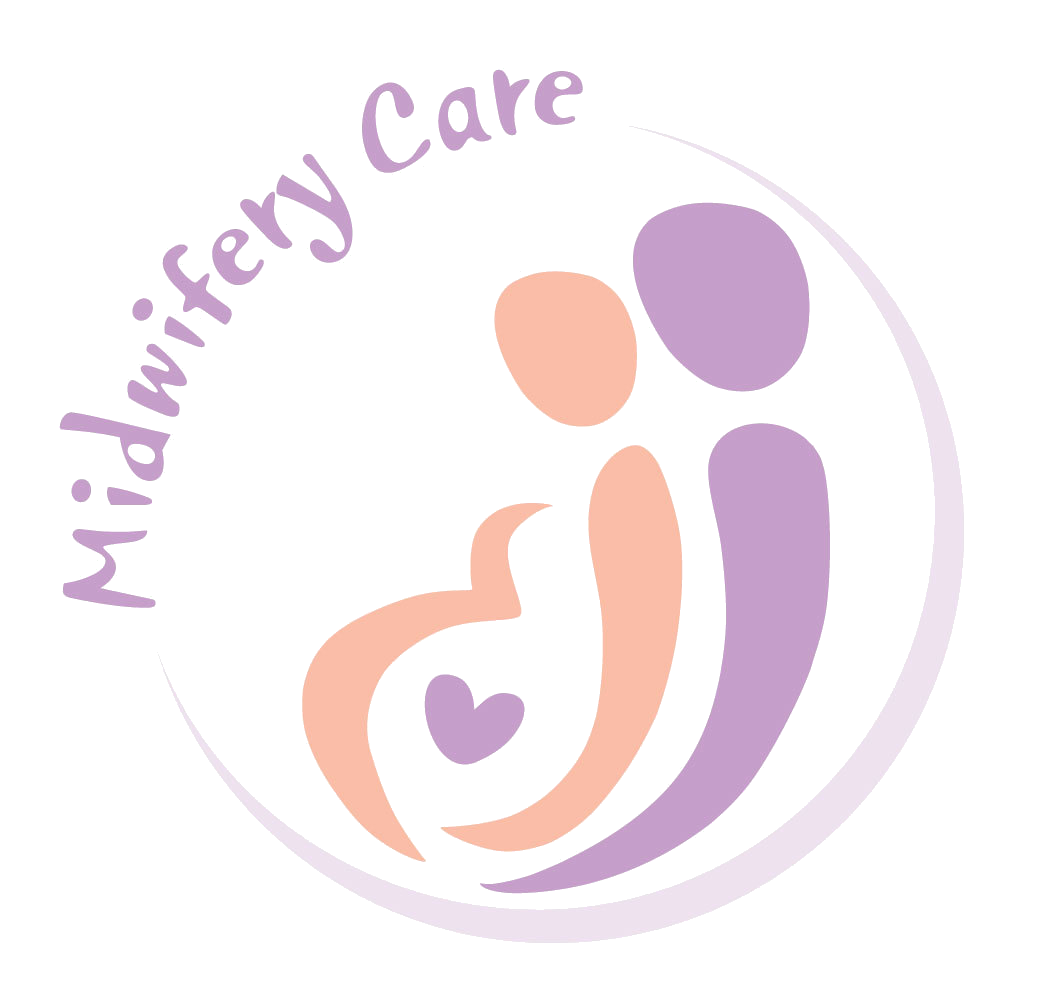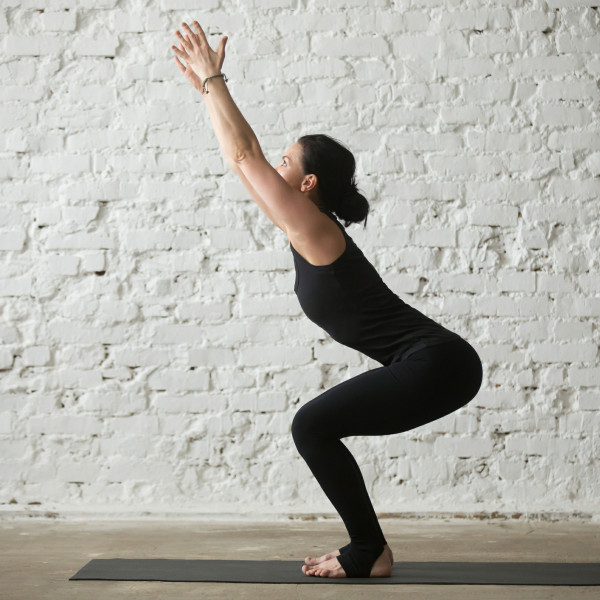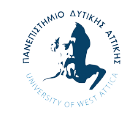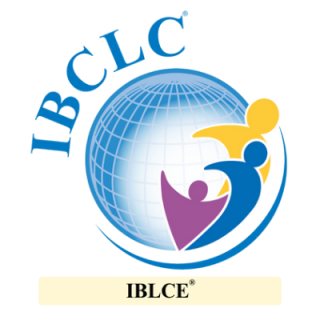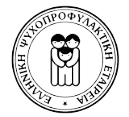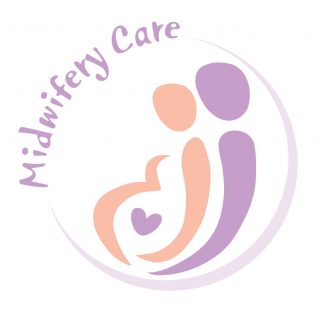MOTHERHOOD
Pelvic floor exercise groups
The Perineum or pelvic floor consists of a number of muscles that form the woman’s pelvis. These muscles support the uterus, the bladder and the intestine.
A woman’s pelvic floor has three openings: the urethra, the vagina and the anus. These openings are surrounded by two sphincters: forming the number 8, the first goes around the urethra and the vagina and the second goes around the anus. They consist of fibers that function spontaneously, and others whose function is controlled by us. Therefore we can exercise them. Why is it important to exercise them? The tone of this muscular floor and the control of these sphincters play an important role in maintaining the correct position and functionality of our organs. When the perineum does not function properly, we notice urine loss when laughing, during exercise, with coughing or sneezing, namely when pressure is suddenly applied to the pelvic floor. In more severe cases, a woman may notice urine loss when getting up to go to the toilet. The sphincter is so weak that it cannot withstand the pressure of the full bladder and the gravity of the upright position. Flatulence is also another symptom of pelvic floor dysfunction that may be embarrassing for a woman. Complete or incomplete uterine prolapse is another problem that may appear and is due to perineal dysfunction, causing symptoms such as weight, perineal discomfort and/or pain.
Symptoms may appear during pregnancy because of the great pressure that is applied to the perineum and stop after childbirth. The fact that such a problem existed reveals that the perineum needs strengthening. This problem will get worse with age and hormonal changes during menopause. Thus, it is understandable that pelvic floor exercises are useful whether we have symptoms or not.
If a period of 6 weeks has passed from the birth of your child and you feel well, you can start an 8 week program of one hour sessions with the physiotherapist Annette Zimmermann and myself. At the end of this program, different home exercises are given to each woman depending on her problem. These are small groups of 3-5 women that have given birth naturally or with Cesarean Section and present one of the aforementioned symptoms; they want to strengthen their pelvic floor muscles before returning to their previous exercising routine; or simply want to take care of the body after the birth of their child.
